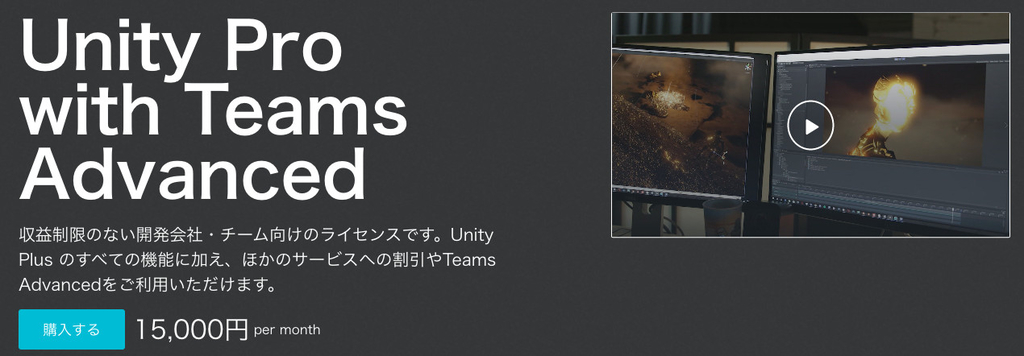
Experience Unity's Terrain authoring workflows, SpeedTree integration, and High-Definition Render Pipeline to help you form and populate real-time organic worlds.Supported with Unity 2021.2 and HDRP 12.1+The Unity Terrain - HDRP Demo Scene and included assets are fully customizable for re-use with your Unity projects. The Scene was crafted using the Terrain Tools package and features available from the High-Definition Render Pipeline package.Hear from the Unity Technical Artist team behind the creation of this demo scene in the Unity blog.Getting StartedDownload and import this package into a Unity project with the High-Definition Render Pipeline enabled.Navigate to Project Settings > Graphics and poit the Scriptable Render Pipeline Settings field to the HDRP High Quality asset.Navigate to Project Settings > Graphics > HDRP Global Settings, and pick the HDRenderPipelineGlobalSettings file located in Assets > TerrainDemoScene_HDRP > Settings > HDRP folder.Look for the TerrainDemoScene.unity scene file located at Assets > TerrainDemoScene_HDRP > Scenes.Open it to start exploring.Scene includes a series of Bookmarks with notes and tutorials. Select any object under the "Bookmarks" to see details.Entering Play mode will start a flythrough sequence which showcases the environment.Note: We use diffusion profile asset for the foliage shaders that would require addition to the render pipeline asset if using your own. Additional instructions can be found in the Readme file in the package.Rendering FeaturesTerrain GPU instanced detailsSpeedTree integration with Shader GraphShader Graph custom interpolatorsProcedural SkyVolumetric CloudsVolumetric FogShadows: turned off for small grass, enabled for larger objects. Contact Shadow is in use.TAAReflection probes. Screen space reflection enabled in High Quality setting.







